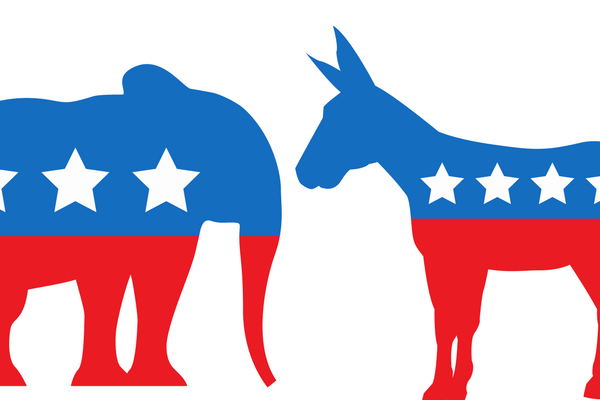Following the 2020 elections, two states saw changes to the partisan makeup of their state legislatures that could affect redistricting, which is set to begin in 2021 following the publication of the U.S. Census.
Republicans in New Hampshire gained control of the Congressional and state legislative redistricting process after the 2020 elections. Republicans won new majorities in both chambers of the state legislature, forming a Republican state government trifecta with Gov. Chris Sununu (R). New Hampshire’s legislature will draw Congressional and state legislative district lines in 2021, and they are subject to a possible gubernatorial veto.
Vermont’s redistricting process will fall under divided party control in 2021.
Heading into the election, Democrats and third-party representatives who caucus with Democrats held supermajorities in both chambers of the state legislature. This coalition lost its supermajority status in the state House. The Democratic-majority legislature will create redistricting plans in 2021, but will not have the two-thirds supermajority votes in each chamber necessary to override a possible veto from Republican Governor Phil Scott.
Thirty-four states task their legislatures with Congressional redistricting (not including states with a single at-large U.S. House district), and 35 with state legislative redistricting.
Republican legislatures will control 20 Congressional redistricting processes and 20 state legislative redistricting processes. Democratic legislatures will control 10 Congressional redistricting processes and 11 state legislative redistricting processes.
Four Congressional redistricting and state legislative redistricting processes, respectively, are under divided party control. These include Minnesota, where Republicans maintained control of the state Senate and Democrats maintained control of the state House. Other states—like Louisiana, Wisconsin, Vermont (state legislative only), and Pennsylvania (Congressional only)—have single-party majorities in the legislature and a governor of another party. Vermont has a Democratic legislature and a Republican governor, while the other three states have a Republican legislature and a Democratic governor.
Additional reading:


